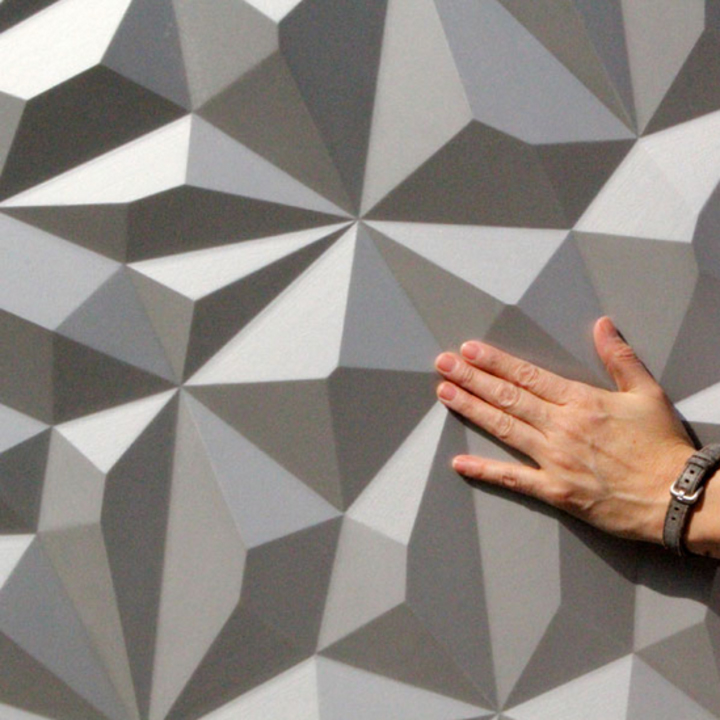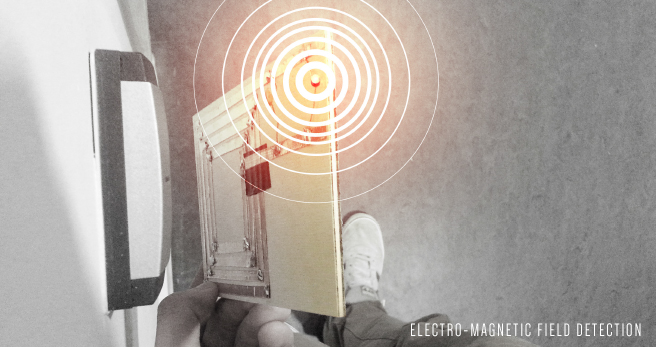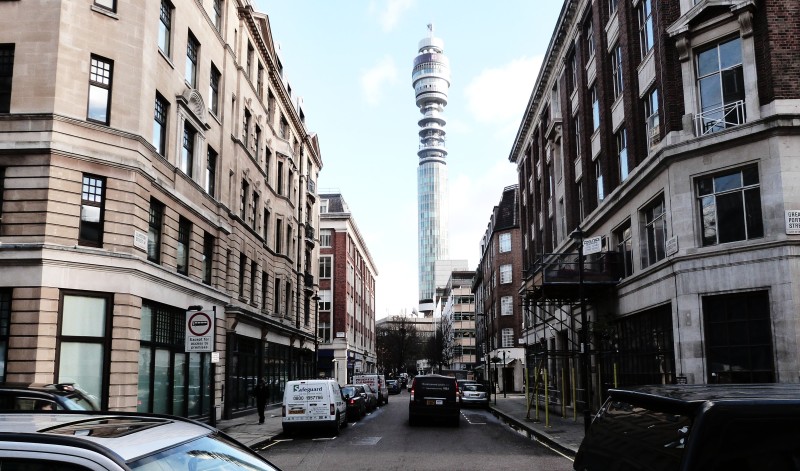One of the primary reasons I am looking at lattice structures is two fold:
A conversation with Adrian Robinson, our structural engineer tutor, advised me that this would provide horizontal and vertical stability to extend the tower vertically in the form of a super-structure. My concern is that while this gives the project a structural element of believeablity, it takes away from the fractured elements of my previous images.
Another reason is developing my idea to use the structure of the tower as a Radar/Information absorbing device that assimilates information through radar absorbing materials as well as creating a Faraday Cage type structure that can protect the data core of the building against digital threats.
Canton Tower: Structure
The structure consist of a open lattice-structure that is twisted over it′s axis, therefore creating a tightening waist halfway up the building, something which I am lookijng to achieve with the BT tower to maintain its elegance.
Columns rings and diagonals form together a web that varies over the section of the tower. The columns are all perfectly straight although the lean over to one direction, giving the tower a dynamic twist. They taper from bottom to top, so to further amplify the perspective view up along the tower. The diagonals are more or less everywhere the same at 800mm. they consist of straight tubes that run between columns fixing the web of nodes into a stiff web. The rings are placed on the inside and their diameter is fixed at 800mm, they are truly round, following the curvature of the facade that runs along the inside.
At the bottom of the tower the columns are 2m in diameter, constructed of 50mm thick plated steel

Gormley constantly experiments with new formulas, breaking the body down into pixels or seeking to overcome the barrier of the skin itself. This has resulted in works like Feeling Material XXXIX, where steel spirals whirl out from a void, body-shaped nucleus, producing an energy field where the unbroken line creates a dance between the inner and outer space
Adrian also pointed me in the direction of Anthony Gormleys sculptures which were reminiscent of some of my previous sketches. What I find interesting about his sculptures is the dynamic fluidity in his representation of space between the void and man body or ‘nucleus’ of the scultprure, as he calls it, ‘an Energy Field’
-> Cross Tutorial update: Something which was said to my during the tutorial was my focus on the Fractured Elements of the BT tower, my parasitic/symbiotic additions to the tower and ultimately the ‘space between’ the workspace and skin/facade of the building could become an interesting area to look at in terms of the invisible connections and electro magnetic field.


















